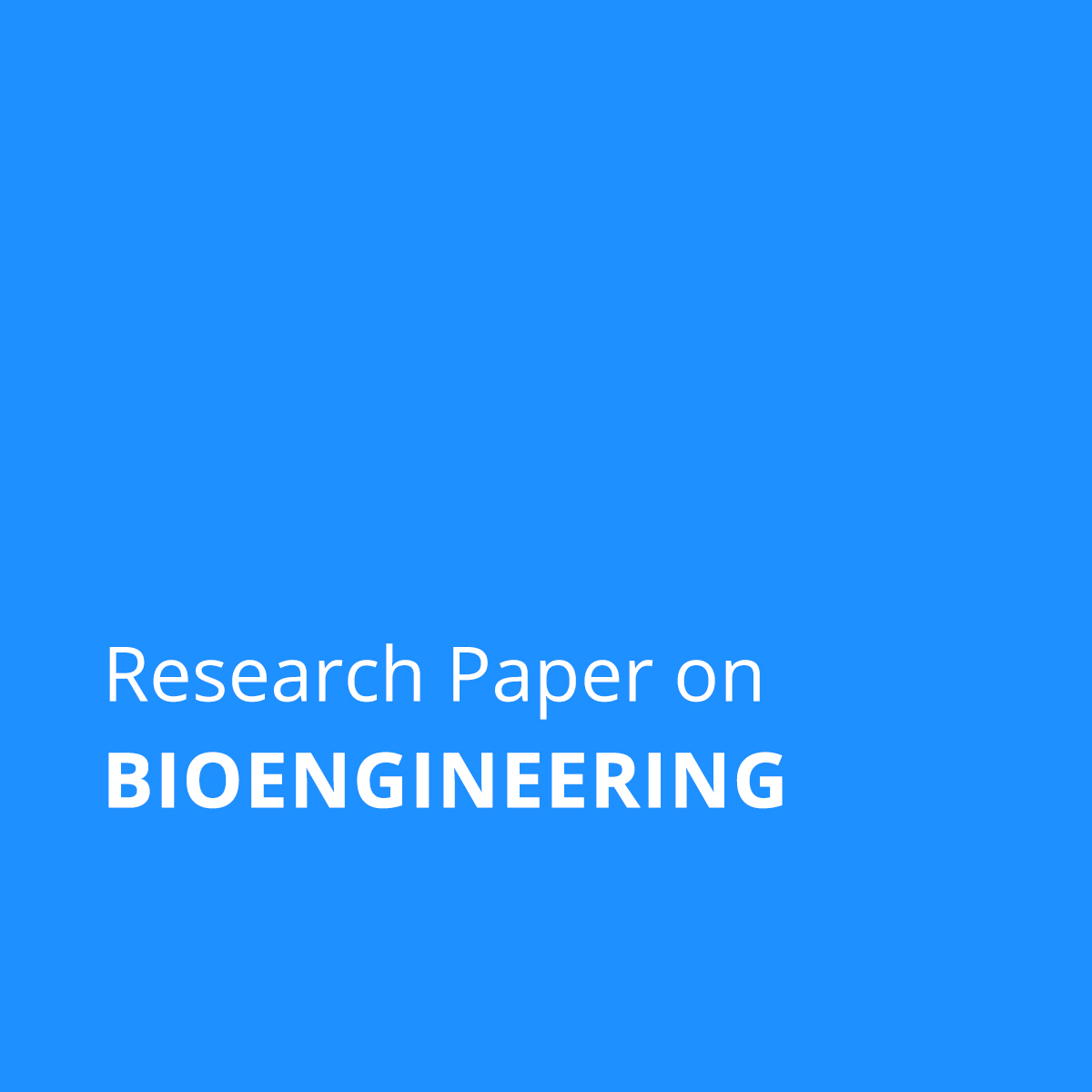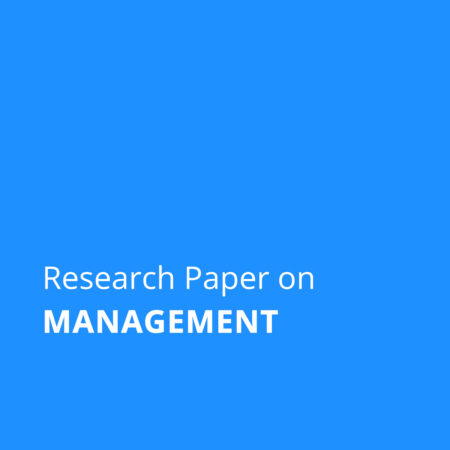Description
Title: Green and Economical Metallic Nanoparticle Synthesis by Algae: Safe Approaches for Translational Medicine
Abstract: Due to their intriguing chemical, electronic, catalytic, and optical properties like the surface plasmon resonance (SPR) effect, metal nanoparticles (NPs) have attracted a lot of attention for potential applications in medicine (primarily in oncology, radiology, and infectious disease). They offer simplicity in controlled synthesis and surface modification (e.g., tailored properties conferred by capping/protecting agents including N-, P-, COOH-, SH-containing molecules and polymers such as thiol, disulfide, ammonium, amine, and multidentate carboxylate), allowing I tuning their size and shape (e.g., star-shaped and/or branched), (ii) improving their stability, monodispersity, chemical misc yield and excellence. In contrast to the top-down method, the bottom-up method has been applied extensively. In this method, the metal ions are reduced in the NPs grown in the presence of capping ligands. Besides The biological method is receiving a lot of attention in comparison to the physical and chemical synthesis methods. Indeed, a number of disadvantages have been noted for the synthesis of NPs using physical (e.g., irradiation, ultrasonication) and chemical (e.g., electrochemistry, reduction by chemicals such as trisodium citrate or ascorbic acid) methods, including cost and/or toxicity due to the use of hazardous solvents, low production rate, and high energy consumption. Synthesis of eco-friendly nanoparticles (organic or inorganic) offers a viable, secure, and cost-effective alternative. As a result, a relatively recent trend for producing quick and valuable nanoparticles (NPs) from algae (including microalgae, macroalgae, and cyanobacteria) that are present in large quantities on the Earth’s crust has been noted. properties (e.g., capacity to accumulate and reduce metallic ions, fast propagation) (e.g., capacity to accumulate and reduce metallic ions, fast propagation). The noblest metals—silver (Ag)- and gold (Au)-derived NPs—as well as other algal-mediated methods of synthesis (either intracellularly or extracellularly) of inorganic NPs are highlighted in this article. The important variables that impact their biosynthesis process, stability, size, and shape are highlighted. Examples include pH, temperature, and reaction time. The underlying molecular mechanisms, nanotoxicity, and examples are then presented. major biomedical uses for these NPs made from algae are presented.
Keywords: algal nanotechnology; nanoparticle biosynthesis; metallic nanoparticles; nanomedicine;tr anslational medicine; sustainable technology
Paper Quality: SCOPUS / Web of Science Level Research Paper
Subject: Bioengineering
Writer Experience: 20+ Years
Plagiarism Report: Turnitin Plagiarism Report will be less than 10%
Restriction: Only one author may purchase a single paper. The paper will then indicate that it is out of stock.
What will I get after the purchase?
A turnitin plagiarism report of less than 10% in a pdf file and a full research paper in a word document.
In case you have any questions related to this research paper, please feel free to call/ WhatsApp on +919726999915



Reviews
There are no reviews yet.